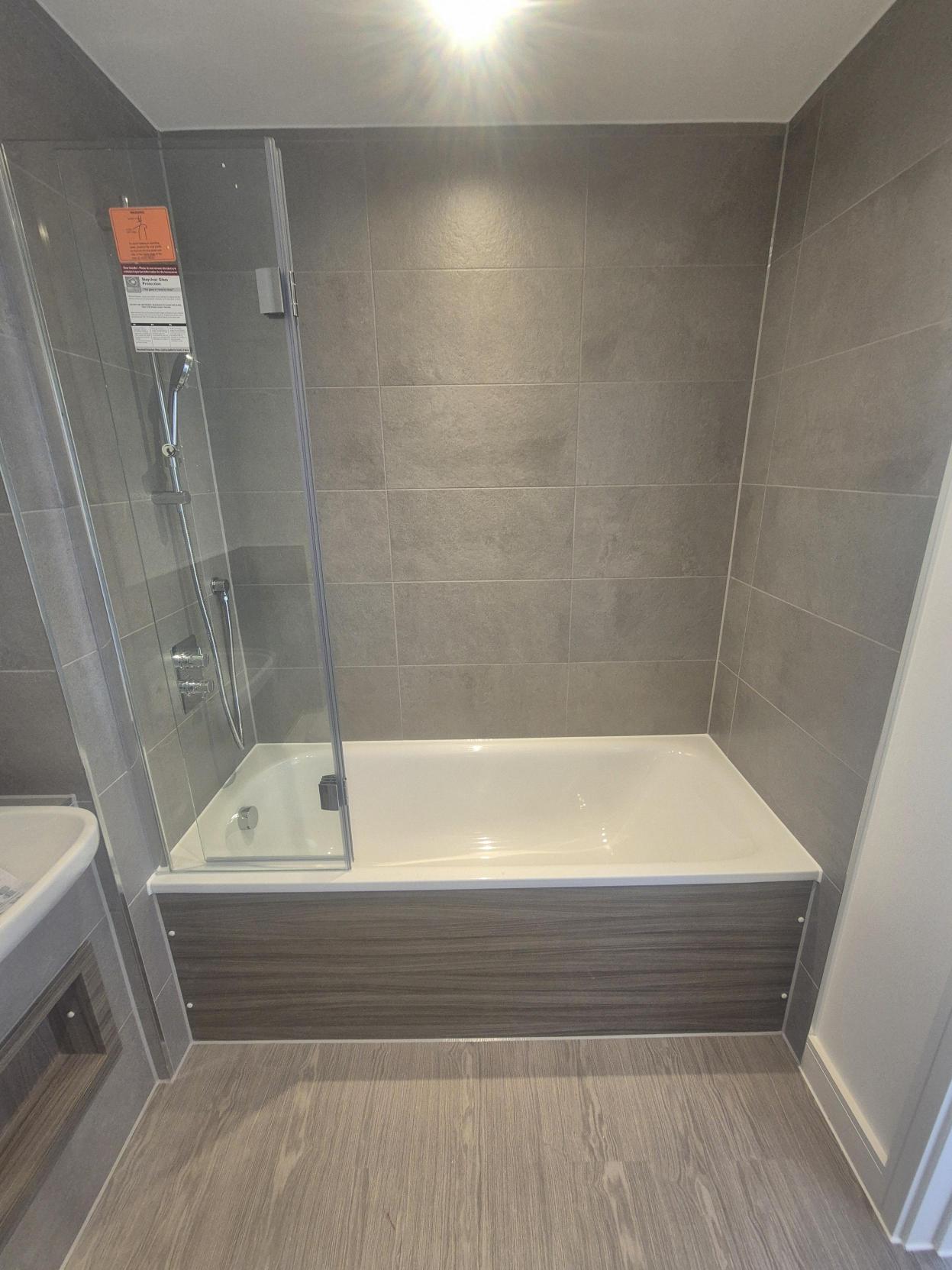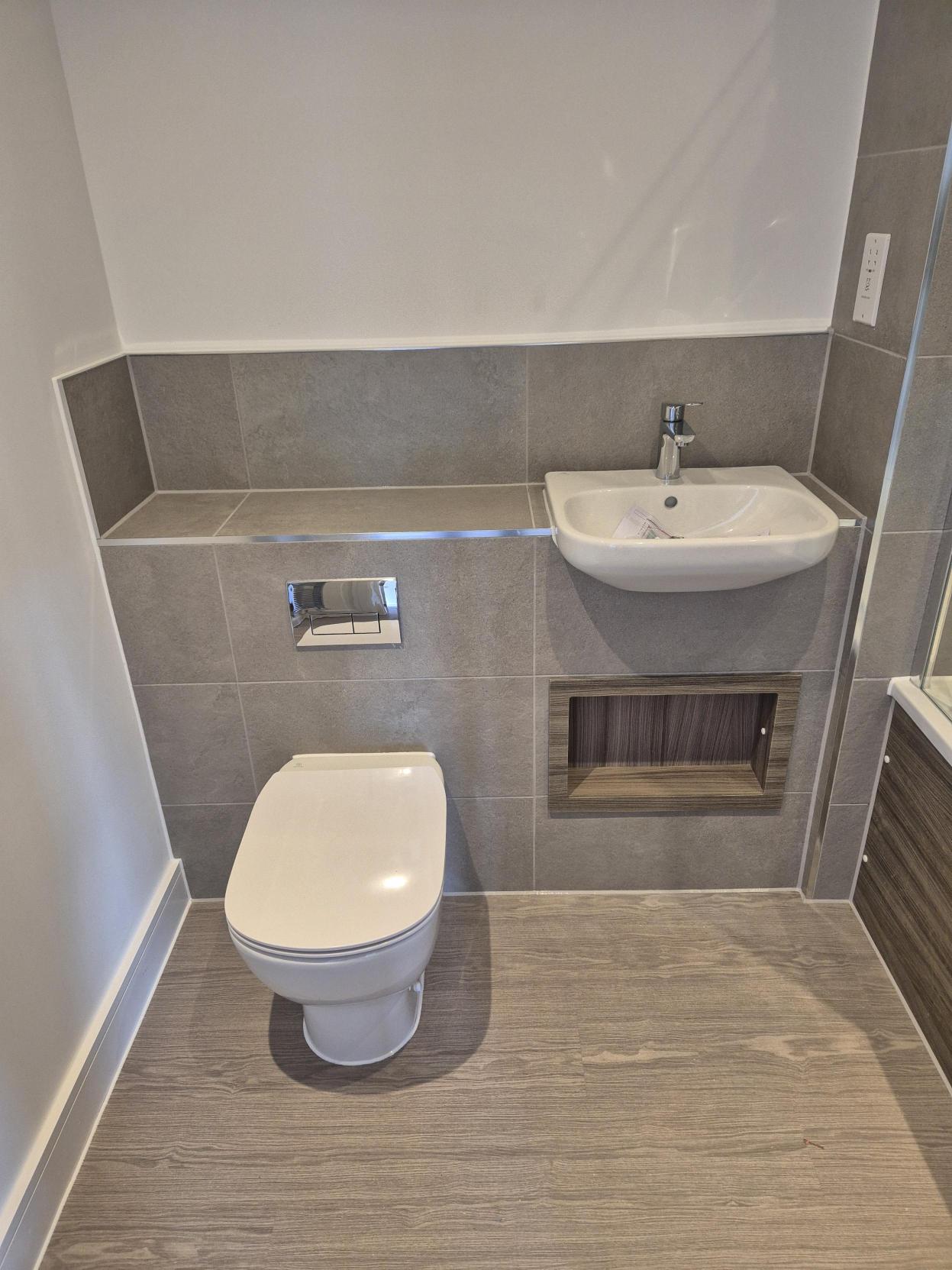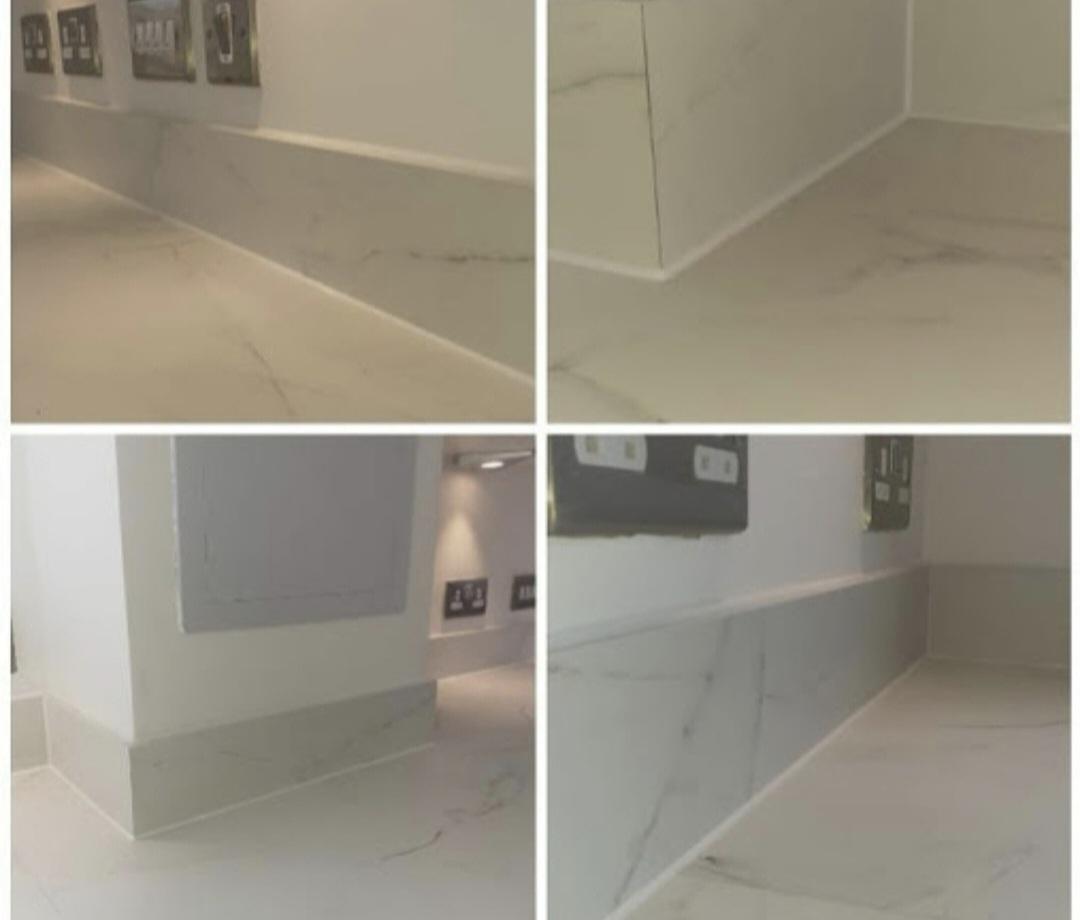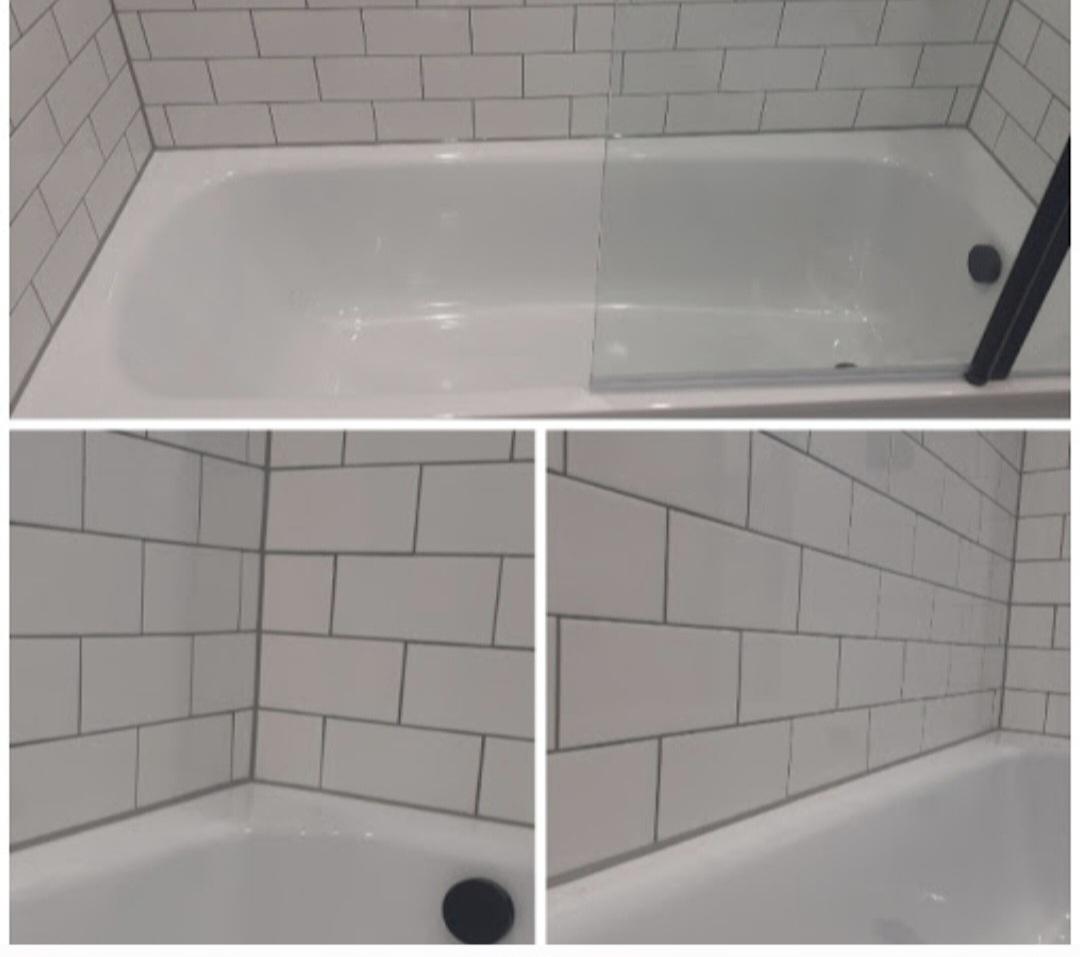What Is Sealant Application?
Sealant application is the process of filling joints, gaps, and movement areas between different materials to create a weatherproof, airtight, and visually clean finish. It plays a vital role in both internal and external construction works — protecting buildings from moisture, drafts, and structural movement.
Where We Apply Sealants
- Bathrooms and kitchens – Around baths, showers, worktops, and sinks.
- Glazing – Between windows, curtain walling, and frames.
- Expansion joints – Between precast panels or blockwork to allow for thermal movement.
- Flooring transitions – Perimeters between materials like wood, vinyl, and tile.
- Facade weather seals – External perimeter joints for wind and rain resistance.
Why Quality Sealant Matters
- Appearance – Clean, professional finish to visible joints.
- Performance – Protects from water ingress, thermal loss, and air movement.
- Longevity – Properly applied sealants prevent cracking and deterioration over time.
- Movement accommodation – Prevents cracking from structural shifts and material changes.
Our Sealant Process
- Surface preparation – Cleaning, priming, and taping where required.
- Sealant selection – Choosing the correct material: silicone, polyurethane, or hybrid polymer.
- Application – Even, smooth application and tooling for a consistent finish.
- Finishing – Cleanup and final check to ensure sealant integrity and visual standard.
Types of Sealants We Use
- Sanitary-grade silicone (mould-resistant)
- Low-modulus and high-modulus silicones
- Intumescent fire-rated sealants (for fire joints)
- Polysulphide and PU sealants for structural joints






